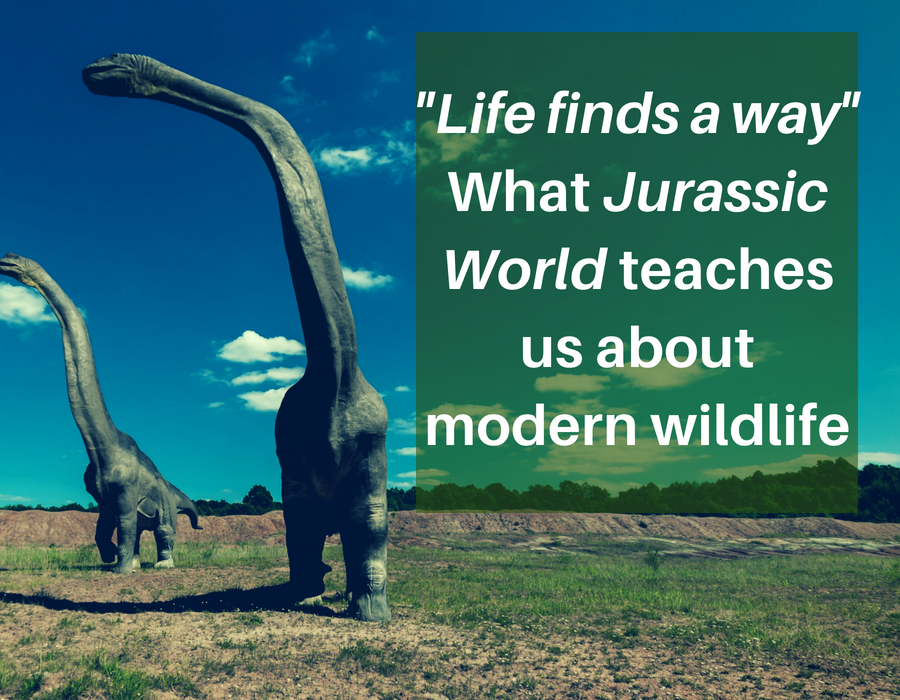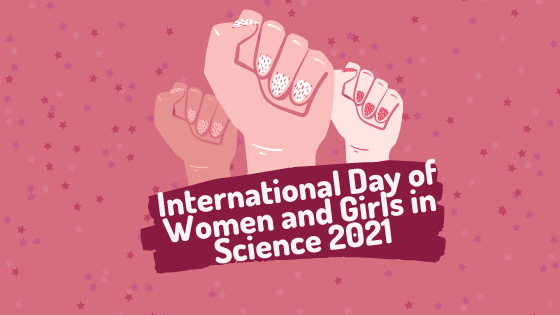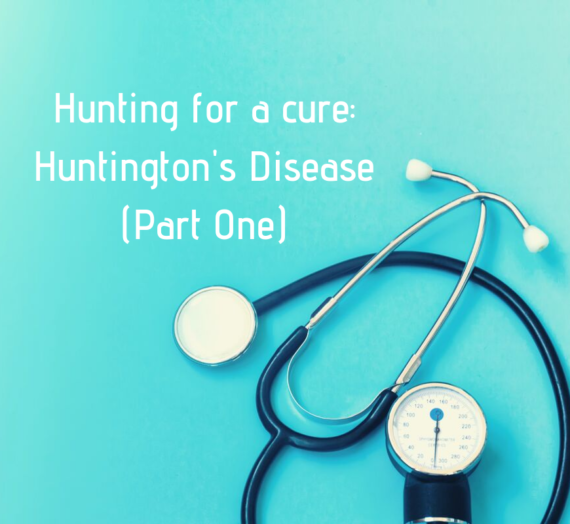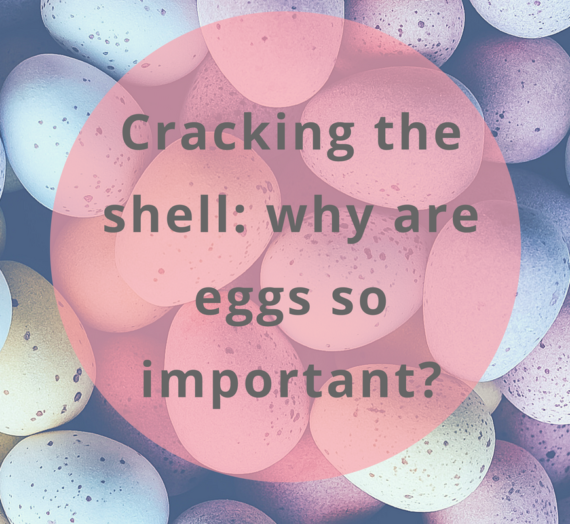Roisin Conneely

“Life finds a way”, the classic line from the original Jurassic Park, and the tagline for the latest Jurassic World movie; “Fallen Kingdom”, an inspiring thought, but is there more to it than that?
First of all, let’s examine how exactly dinosaurs were adapted to their environment:
Non-avian dinosaurs appeared in the mid Triassic (so maybe the franchise should be renamed?) and were dominant until a colossal extinction event 66 million years ago. The early dinosaurs were all relatively small and bipedal, with some linages utilising carnivorous and omnivorous diets, as suggested by the presence of serrated teeth. Basically, they dominated because they were able to exploit the niches available to them, so, the dinosaurs “found a way”, that is until, they died out and other lineages, such as the mammals, began exploiting the niches they had vacated.
Or, did they die out?
You’ve probably seen a dinosaur today, maybe you’ve even eaten one! Did you notice how we referred to “non-avian” dinosaurs at the start of this article? That’s because the “avian” dinosaurs are alive and well to this day, but we usually refer to them as “birds”.
The dinosaurs can be split into two groups; the Saurischia, or “lizard hipped” and the Ornithischia, or “bird hipped” (although it’s a little more complicated than that, as “birds” are descended from the Saurischia, but have Ornithischian hips – more on that here)
“God creates dinosaurs, God destroys dinosaurs. God creates Man, man destroys God. Man creates dinosaurs” – Dr Ian Malcom (Jurassic Park, 1993)
Therefore, the overall theory is, when the asteroid struck Earth 66 million years ago, triggering the K-T event and wiping out the larger, lizard-like dinosaurs – the smaller, agile dinosaurs were actually able to survive the devastation and eventually evolved into the modern-day birds we see flying the skies. So, in actual fact, dinosaurs didn’t really die out, they “found a way” to survive and became birds.

The question that remains today however, is where is the evidence of life “finding a way” to overcome modern-day challenges in nature?
“Fallen Kingdom” explores the notion of exploiting trained dinosaurs for our own uses, could this be a metaphor for how we’re exploiting the world and its resources? Nowadays, we can see evidence of life “finding a way” all around us, largely due to human-induced damage. Let’s examine three major examples of animals having to adapt to the changes we’ve inflicted upon the world.
Deforestation
Orangutans are possibly the best known example of human activity altering, and indeed, threatening the welfare of a species. Orangutans, specifically, Bornean Orangutans (Pongo pygmaeus) are critically engendered primates which are mainly found living in tropical rainforests. Since 1950, the number of live orangutans has halved due to their tropical habitats being destroyed as deforestation expands to make way for palm oil production. Palm oil is found in almost all of our everyday products, such as shampoo, ice cream, bread, soap and more. Sneakily, palm oil isn’t always listed on these products, hidden under synonyms such as “vegetable oil”, “palmate” or “”hydrated palm glycerides” to name just a few.
Recent research has shown evidence of orangutans coming down from the trees, largely due to the loss of their treetop homes. Whilst the news that orangutans can become flexible in their behaviours is encouraging, the fact remains that they can’t survive without forests. Plus, they’re not the only animals at risk due to deforestation, species such as the Sumatran elephant, rhino and tiger are also threatened by palm oil production.
Climate change
As the planet’s atmosphere continues to get hotter, seasons and weather are changing in response, and in turn, affecting all manners of species. For example, several bird species are breeding and nesting earlier in the year as seasons become more erratic and food availability changes accordingly. The face of climate change however, is without a doubt, the polar bear, as the Arctic ice caps it calls home continue to melt and threaten its habitat, as well as its food sources. Polar bears have increasingly been spotted on land, with one study demonstrating them turning to goose eggs as the mammals are forced to exploit alternative niches. Underwater life is not exempt from climate change either, with coral reefs being threatened by increasing water temperatures, and in turn, effecting additional aquatic ecosystems.

Plastic
Plastic pollution is another major human-induced threat to wildlife which has seen a lot of media attention of late, and with good reason. Plastic is drastically altering the habitats of several species, with ocean dwellers, such as turtles, fish and seals, being the most affected. A 2016 study indicated that so many of these species end up ingesting plastic because it actually smells like food to them. Algae colonising the plastic debris emit a scent called dimethyl sulphide (DMS), which attracts sea birds and other creatures as the odour indicates the presence of algae, which is the food source of krill. Aside from the obvious problems caused by aquatic animals ingesting plastic, other issues can arise. It has been demonstrated that plastic pollution can interfere with the hormones of many marine species, which can cause detrimental effects to reproductive and immune systems to name but a few.
Several plastics that end up in the sea also contain oestrogen mimics, which can actually end up changing the sex of fish, with males developing female characteristics, or becoming intersex. These changes are disrupting the reproductive rates of several species and if we’re not careful, will eventually lead to a population crash.
Life is about surviving and thriving, but evolution is complicated and more often than not, takes unexpected turns. Life doesn’t always find the right way, and sometimes, doesn’t find a way at all. We are but one species on this great planet, and we shouldn’t be standing in the way of the other creatures that surround us. So, whilst the idea that “life finds a way” is inspiring, it should also worry us, and remind us that death also finds a way.
References:
http://www.sciencemag.org/news/2014/05/how-birds-survived-dinosaur-apocalypse
https://www.sciencedaily.com/releases/2013/07/130729083300.htm
https://www.worldwildlife.org/pages/which-everyday-products-contain-palm-oil
https://news.nationalgeographic.com/news/watching-polar-bears-eat-goose-eggs-in-warmer-arctic/




